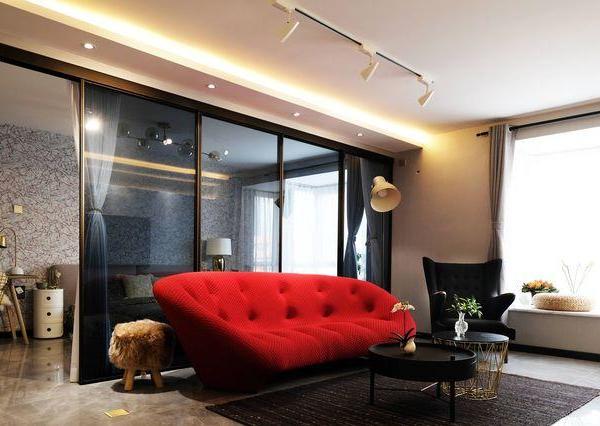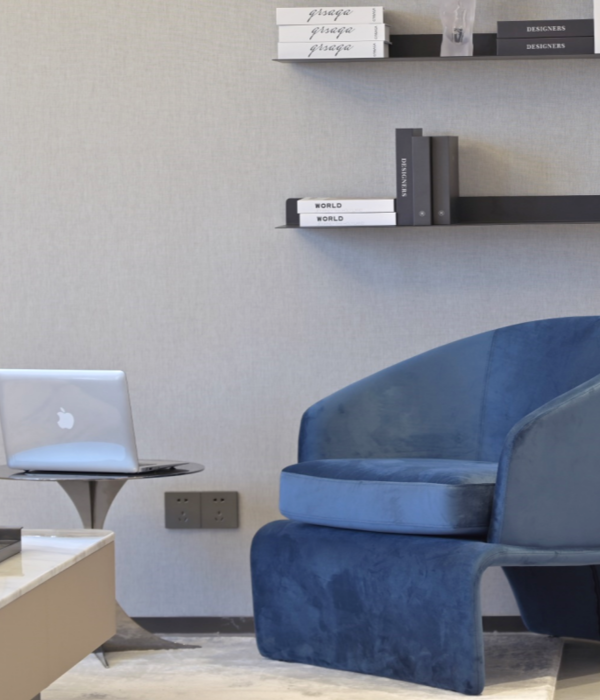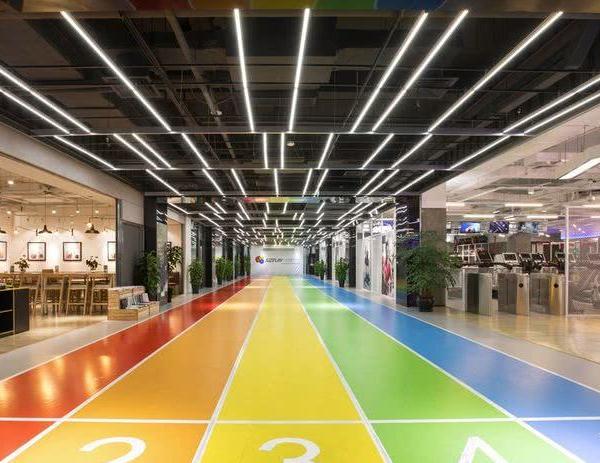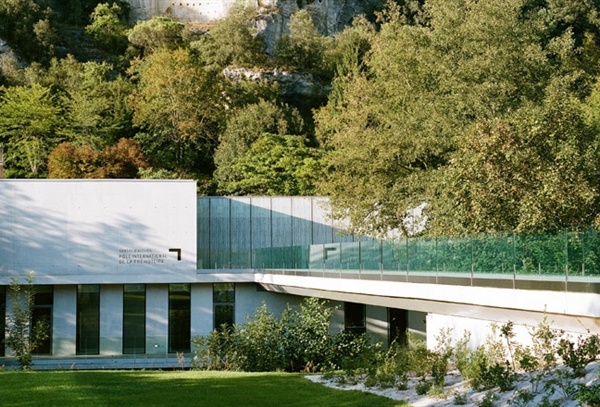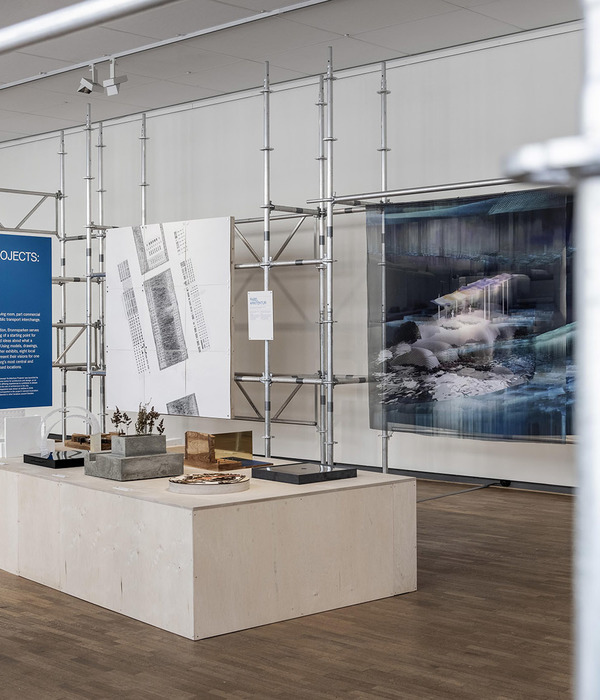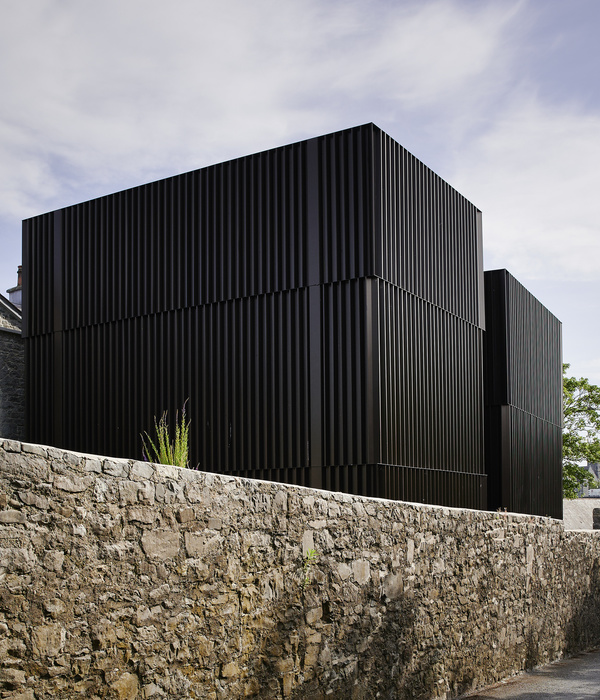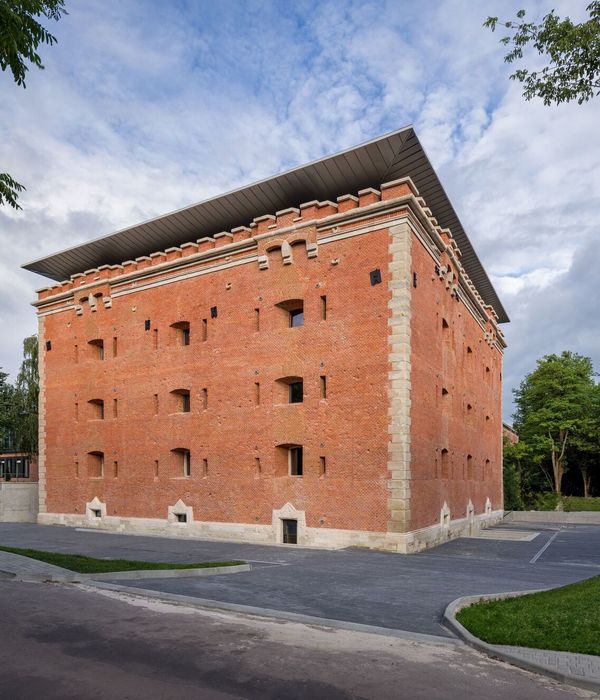Slave Island (Middle urban fabric in the above route), also known as Kompanna Widiya (Company street), is situated in the south of the Colombo fort, which is the central business district of Colombo. Slave island operates as a mercantile hub with several shopping centers and small street food businesses. Even though the whole area does not have a high-end lifestyle or a facilitate infrastructure, the mixture of different ethnicities (Malay, Sinhala and Tamil) and the culture adds a certain value and a uniqueness to the place.
One of the origin stories of the Slave island goes as, the African heritage slaves were brought by Portuguese from Swahili coast and Portuguese East Africa and held in the Slave island. Whereas the other origin story runs back into mid 17th century when the country was under the Dutch rule. In old publications Slave island has been described as a peninsula which was surrounded by water from three sides. As the reality once was Slave island has been house Malays from Indonesia with a Malay locality brought down by Dutch for government jobs who were also known as 'Kaffir slaves'. Old street names such as, 'Malay Street' and 'Java Street' are proof that there was a Malay locality from the origin.
The slave island, present-day which has neither slaves nor is an island is a suburb in Colombo, Sri Lanka. However, the place has been well known for the resident’s culinary specialty which was ’Kodal babath curry’. Slave island highlights as a suburb in the country not only because of people and the multiethnic culture but also because of the outstanding Dutch era colonial architecture. Slave island railway station and the long building facades of the buildings still stands as remnants of that colonial architecture with stylish arches, winding woodwork, and metal installations, which emphasize Victorian-era styles.
Some part of the history still lives in the comers of the streets full of life with playing children and colorful flats. Slave Island, the suburb with a history and many stories, currently losing its characteristics as a result of urban development and modernity in Colombo. It is slowly changing the face of Slave Island.
The establishment of new commercial buildings now stand alongside while neglecting the existing congested neighborhoods, owned by people who have lived there for generations. It’s also home to a rare part of Colombo where you get a church, a kovil, a mosque and a temple all in one block.
From the lotus tower to the west Colombo, a new route reminiscing an urban necklace was proposed. This cultural pathway passes the Beira lake, the cultural vibrance of Slave island and ends with the west seaside which is the Galle face green area.
In each node, new meaningful functions were adopted and provided with peculiar solutions for different urban issues.
1) Wetland and the urban village
- Bridge from the lotus tower over the Beria lake to the slave island side- Recreational islands- 200 housing units- Wetland- Street until the 6-way junction
2) Square and the housing
- 6-way junction- Community square- Incremental housing units- Newly developed and proposed shop houses
3) Galle face and the pier
- Canal bridge- Street from the canal until the Galle face- Galle face open space- Street food shops – sea food- Beach- proposed seaside Pier(Galleface Pier - Ultimately became the Thesis Project 2021)
The floating urban village was used as an emergency housing solution for people that are currently evicted due to gentrification on Slave Island. Also functioning as temporary relocation when the scheme is being developed and built. To create a sense of density the village is multi-story and has been designed as a long-lasting neighborhood on the Beira Lake. The residents would be encouraged to work in the facilities and protecting the wetland and the lake. Although the idea was little straight forward and needed more work to be done the lake has enough room for the village to be potentially expanded in the future as a partial housing community with viable livelihoods, using the same principles of life with nature on water.
The idea of the artificial floating islands came from one of the precedents. They encourage travel by boat and swimming as recreation while bonding with the nature of the water community, and the single tree per island provides shade and comfort. Can be used for fishing, resting, sunbathing or for small events as it adopts with time.
{{item.text_origin}}



